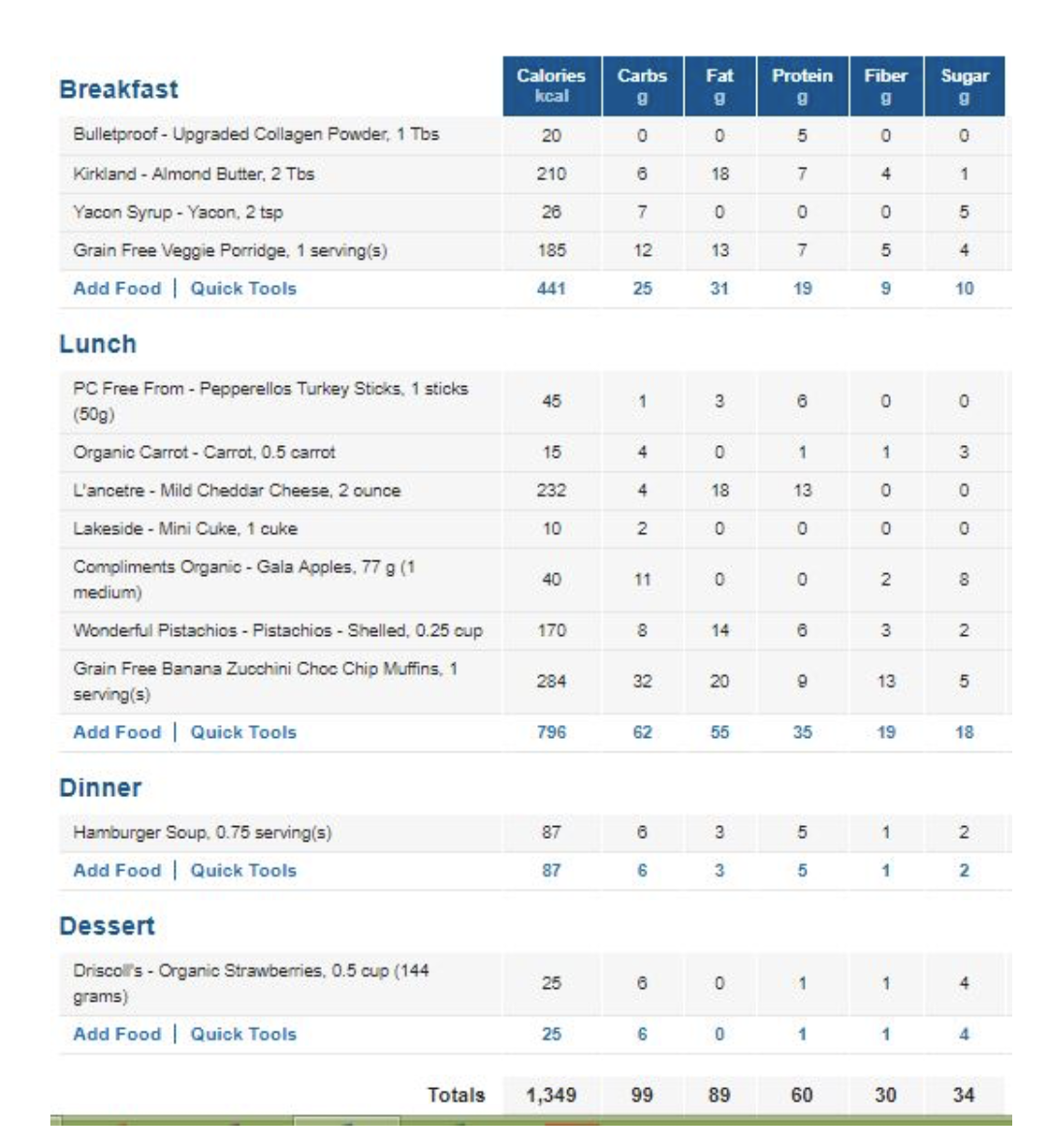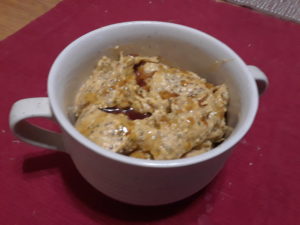Dr. Michelle Marcoux, ND shares some great ideas straight from her kitchen.
I spend a lot of time figuring out how to feed my kids in a healthy, balanced, and mostly whole foods way. It takes more work, and more time in the kitchen, but the payoff is healthy, happy kids who have a life-long understanding of how to eat well. Over time, I have boiled their diet down to some key essentials that I can cook up quickly and in large batches. This reduces my time commitment considerably, which is good for my well-being since it frees up more time for me to focus on myself!
Below is an example of what my kids typically eat. They are 4 and 6 years old and their appetites range from bottomless pit of hunger to pickiest of eaters, so I never know what I will get from day to day. I try to feed them similar things because that’s easier on me, but sometimes I have to make adjustments for their preferences (depends on the day!).
I will be doing this in a series of blog posts, as we usually rotate between 3-4 things for breakfast, lunch, and snacks. As I mentioned, this makes life much simpler for me. Dinners are more variable, and I have a range of things I will make depending on how much time I have. I have a few dinners that are easy and quick so that I can throw them together without much planning or effort. And I have ones that require more time for when I can afford to put more effort into meals.
What My Kids Eat – Meal Ideas from a Naturopathic Doctor
The main principles I use when deciding how to feed my kids are:
- Whole foods as much as possible – I try to limit packaged food to special times as a treat but not as an everyday item. This principle has been tested greatly since my kids started attending school, as convenience and what their friends eat plays heavily in their preferences. I do send processed meat and occasional packaged food more often than I’d like but I try to rotate it with whole food items as much as possible.
- Lots of healthy fats, protein, and vegetables – my aim is to make this the bulk of their diet
- Less grains and fruit (1-2 servings per day max) – these are still healthy foods but are commonly eaten too often, leaving less room for other important nutrients like fats (to help their brains develop), vegetables (to support immunity, gut health, and provide fiber, minerals, and antioxidants), and protein (to help them grow).
- As little added sugar as possible – I try to stay under 10g of added sugar most days, and under 20g on special occasion days. This is variable though, depending what they eat at school and with their grandparents!
- Large Packed Lunches – I pack them a lunch every day that is quite large, so whatever they don’t eat for lunch, they will have for a snack if needed in the afternoon. This is easier on me and allows us to easily take food with us on the go when they are home with me and not in school.
Kids Meals – Non-School Day
NOTE: this is a non-school day, so there are nuts in their lunches. On a school day I would swap nuts for seeds or dried legumes such as chick peas.
Based on these principles, here is what my kids ate today.

Notes about this day:
 1. Breakfast Porridge – we eat this most days, either alone or on top of a pancake or waffle. I make it on the weekend (or sometimes on Monday if I don’t have time on the weekend!) to last until Thursday or Friday. It’s a quick, easy meal to make and to reheat. Get the recipe for Breakfast Porridge here.
1. Breakfast Porridge – we eat this most days, either alone or on top of a pancake or waffle. I make it on the weekend (or sometimes on Monday if I don’t have time on the weekend!) to last until Thursday or Friday. It’s a quick, easy meal to make and to reheat. Get the recipe for Breakfast Porridge here.
2. Grain Free Muffins – I try to make a batch of either muffins, healthy cookies or brownies, or grain free bread on the weekend so I can send this in their lunches for the week. I will have recipes for these options in later blog posts. Get the recipe for Grain Free Muffins here.
3. Hamburger Soup – this is one of my easy meals. It can be thrown in the slow cooker and left all day – the longer the better. I will use a recipe like this on a day that I work so that dinner is done by the time I get home. Get the recipe for Hamburger Soup here.
4. Sugar – on this day all of their sugar intake came from naturally occurring sugar in whole foods. The chocolate chips were stevia sweetened and the yacon syrup (which is in the muffins and on the porridge) is made of prebiotic fiber that is sweet tasting but not sugary.
5. Carbohydrates – about 1/3 of their carbohydrate intake was fiber, which is great for their gut health. Their total carbohydrate intake is on the lower side, but this is ok and actually preferred if they are having more fats in their diet.
6. Macros – today my kids had 27% of calories from carbohydrates, 56% from fats, and 17% from protein. This is a typical profile for a Paleolithic style of eating.
7. Grains – there was quinoa in the hamburger soup, , so probably about ½ a serving today.
8. Fruits – there was a bit of banana in the muffins, ½ apple in their lunch, and ½ cup of strawberries for dessert. Just under 2 servings today.






